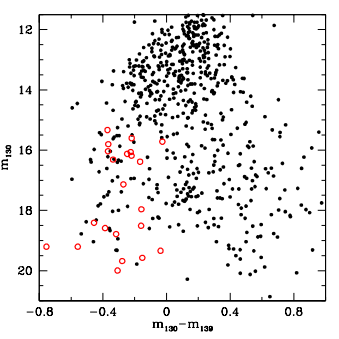2024-10-28 パシフィック・ノースウェスト国立研究所(PNNL)
<関連情報>
- https://www.pnnl.gov/news-media/collaboration-speeds-complex-chemical-modeling
- https://pubs.acs.org/doi/10.1021/acs.jctc.4c00903
密度行列繰り込み群法の並列実装により、単一のDGX-H100 GPUノードで1/4ペタFLOPSの性能を達成 Parallel Implementation of the Density Matrix Renormalization Group Method Achieving a Quarter petaFLOPS Performance on a Single DGX-H100 GPU Node
Andor Menczer,Maarten van Damme,Alan Rask,Lee Huntington,Jeff Hammond,Sotiris S. Xantheas,Martin Ganahl,and Örs Legeza,
Journal of Chemical Theory and Computation Published:September 19, 2024
DOI:https://doi.org/10.1021/acs.jctc.4c00903
Abstract

We report cutting edge performance results on a single node hybrid CPU-multi-GPU implementation of the spin adapted ab initio Density Matrix Renormalization Group (DMRG) method on current state-of-the-art NVIDIA DGX-H100 architectures. We evaluate the performance of the DMRG electronic structure calculations for the active compounds of the FeMoco, the primary cofactor of nitrogenase, and cytochrome P450 (CYP) enzymes with complete active space (CAS) sizes of up to 113 electrons in 76 orbitals [CAS(113, 76)] and 63 electrons in 58 orbitals [CAS(63, 58)], respectively. We achieve 246 teraFLOPS of sustained performance, an improvement of more than 2.5× compared to the performance achieved on the DGX-A100 architectures and an 80× acceleration compared to an OpenMP parallelized implementation on a 128-core CPU architecture. Our work highlights the ability of tensor network algorithms to efficiently utilize high-performance multi-GPU hardware and shows that the combination of tensor networks with modern large-scale GPU accelerators can pave the way toward solving some of the most challenging problems in quantum chemistry and beyond.



